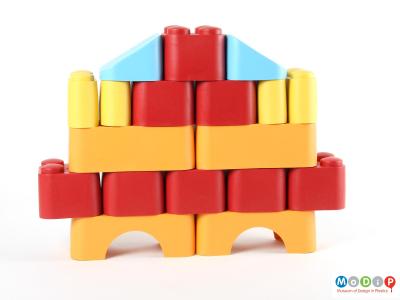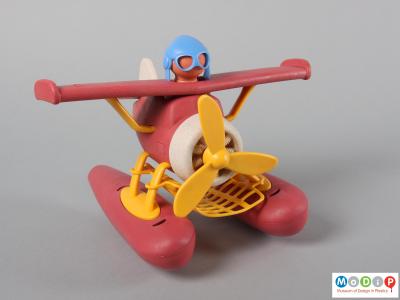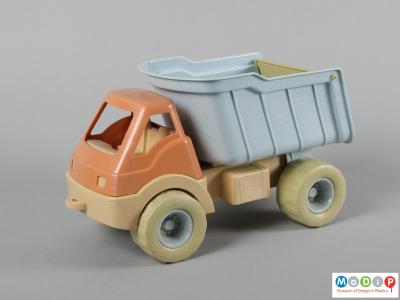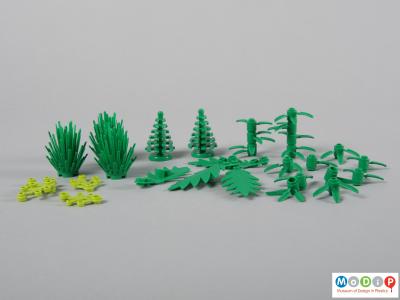For sustainable toys to become as popular as traditional ones they need to appeal to both parents and children alike. Parents need to feel that the toy fits in with their environmentally-friendly lifestyle, and the child needs to be entertained and have their imagination piqued. As children grow out of toys quickly, especially in the early months, by using materials that are robust and easy to clean toys can be passed on to other families to enjoy, reducing the number of toys that end up in landfill. The green credentials of toys can be extended further by the careful selection of the source of the material used to make them.
Toys can be made using recycled materials, diverting products from landfill. The large Green Toys blocks (1) are designed for young children of six months and over and are marketed as ‘My first green toys’. They are made of 100% recycled high density polyethylene (HDPE) milk bottles. The Seaplane (2) is made of a material known as ‘woodlastic’ which is a composite of reclaimed sawdust and recycled acrylonitrile butadiene styrene (ABS). Woodlastic is both Phthalate and BPA free and the toy can be placed in a dishwasher for easy cleaning.
Alternatively, toys can be made of a bio-based plastic reducing the use of fossil fuels. The tipper truck toy (3) is made of a material that is 90% derived from sugarcane. The component parts of the truck are injection moulded and snapped together without the need for adhesives, therefore making it easier to take apart and recycle. The ‘Plants from plants’ Lego set (4) is the first step towards the group’s ambitions of using sustainable materials in all core products and packaging by 2030. As with all of Lego’s botanical pieces, this set is made of polyethylene, a soft durable and flexible material, however, the raw material is 98% sourced from plant-based sugarcane rather than being derived from fossil fuel. The aim of using this material is to create a sustainable product that is durable and usable.




